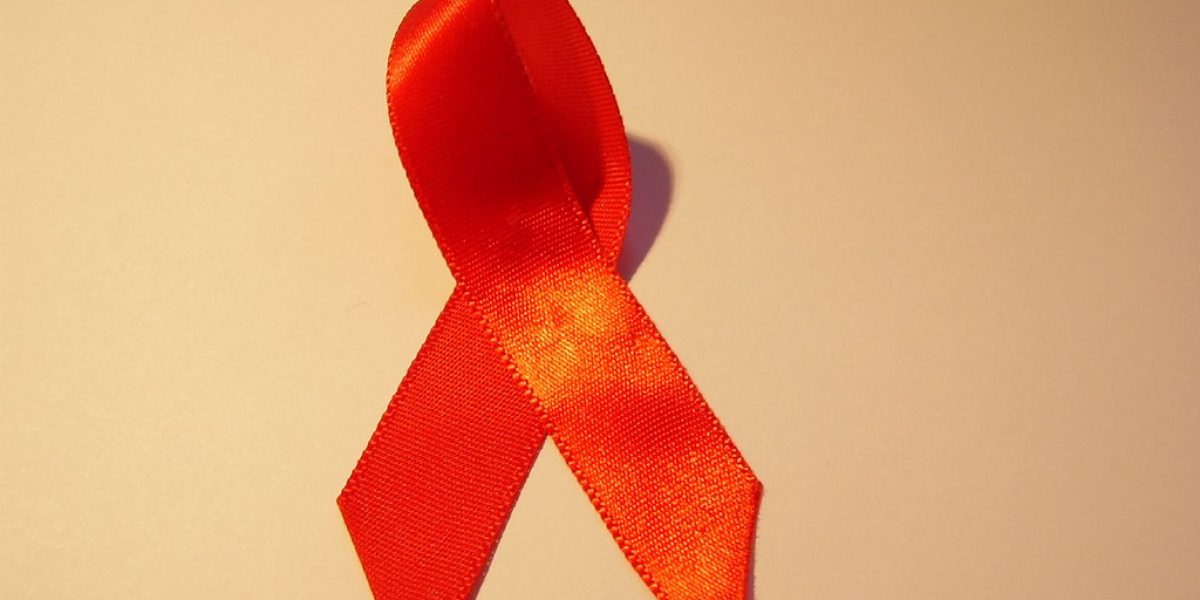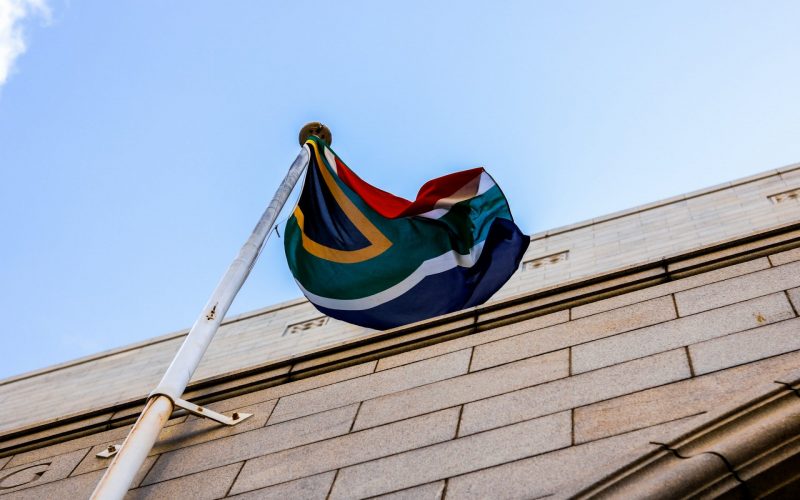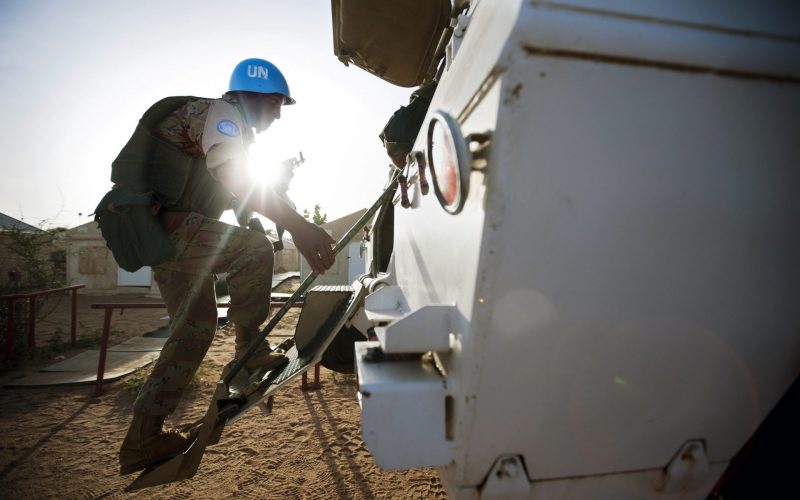IN THE sticky heat of KwaZulu-Natal’s northern-most district, Umkhanyakude, the Sibambisene AIDS Network helps distribute funds to several dozen small organisations responding to the HIV/AIDS epidemic. Many, such as the tiny PhaPhamani, an orphan support group in the small community of Hluhluwe, run on budgets of a few thousand dollars a year.
But even tracking these small monies is often an exercise in frustration. Of the 17 orphan groups the network assists, this year three could not account for money they had spent and Sibambisene organisers like Anthony Mkhabela, the network’s programme manager, suspect the money was put to private use by the organisation’s leaders.
In the case of Sibambisene – which is funded by the Nelson Mandela Children’s Fund and Bristol-Myers Squibb – the missing money amounted to only a few thousand rands. Since funds are distributed month-to-month and no money is released until the previous month’s funds are accounted for, the network was able to catch the problems early. Those responsible are now being forced to repay the missing funds and the organisations in question no longer receive monthly disbursements. Instead, they must apply directly to one of the network’s two offices each time they need money.
A reluctance to report
Still, the case highlights a problem that is likely to become acute as more HIV/AIDS funds begin flowing to poor countries and poor communities. Programmes such as the UN’s Global Fund to Fight AIDS, Tuberculosis and Malaria and the US President’s Emergency Plan for AIDS Relief (PEPFAR), are pushing the amount of money available for the AIDS fight into billions of dollars each year.
According to estimates by UNAIDS, $6.1 billion will be spent in low- and middle-income countries this year as part of the global fight against AIDS, up from less than $1 billion in 2000. Although the agency says that the money is still far short of what is needed to effectively combat the epidemic, in many poor countries HIV/AIDS funds represent both enormous opportunity and tremendous temptation.
Misuse of AIDS money gets little attention, in part because organisations involved in the sector generally do not want to highlight problems for fear of scaring off donors who have only recently begun opening their pocketbooks. South Africa’s Treatment Action Campaign, for example, recently acknowledged that it previously limited its public statements about funding abuses by the National Association of People Living with AIDS (NAPWA) in order to ‘avoid creating confusion or further disunity among people with HIV/AIDS and the organisations that represent them.’
‘With HIV/AIDS, with the amount of money that is being spent on HIV, there has to be greater transparency and openness,’ said Fatima Hassan, an attorney with the Johannesburg-based AIDS Law Project, which filed a request with the Auditor-General’s Office requesting an investigation into NAPWA’s finances. ‘It’s one thing to give money, but there has to be proper assessment. Clearly, there are NGOs that are meeting their objectives and those that are not, but no one is holding them accountable.’
Instances and allegations
In recent years, there have been a number of high-profile AIDS-related corruption cases. Kenya’s National AIDS Control Council, for example, has been plagued with allegations of fraud and corruption. In October 2003, the council’s director, Margaret Gachara, was removed from her position after she used faked documents to garner a salary almost seven times above the norm for someone in her position. Several months earlier, the government cut off funding for four fraudulent AIDS organisations and began investigating 10 others that took donor money but did no actual work.
South Africa also has been home to a number of misappropriation cases. In 1996, then-health minister Nkosazana Dlamini-Zuma was reprimanded for a R14 million project to create a play about HIV/AIDS known as Sarafina II. Last month, the country’s Auditor-General found that many AIDS organisations funded by state money have not adequately accounted for the money they received. In particular, concerns have been raised about NAPWA, which received more than R5 million from the government over the last two years, but which the Sowetan newspaper reports has not paid staff and has been forced to close many of its provincial offices.
The NAPWA case, Hassan said, shows that the South African government does not have appropriate systems to guard against financial abuse. ‘This is just the tip of the iceberg,’ she said.
For AIDS donors, distributing money demands a careful balance between introducing enough controls to ensure that money is spent properly and not making the funding apparatus so complicated that local organisations cannot meet the requirements. At the moment, donors’ approach to the issue range widely. Some simply hand over money with no questions asked, while others drown implementing organisations in reams of paperwork.
Governments also are struggling to balance the streamlining process of granting AIDS-related social services like disability and orphan care grants with the need to protect against fraud. The number of disability grants issued in South Africa increased by 30% in 2002/3 and by 32% in 2003/4. Increased numbers of disability claims due to AIDS is one reason, but the country’s Department of Social Welfare believes fraud may be another.
Most private and international donors – who provide the bulk of AIDS money, including, in many countries, most of what is spent and distributed by national governments – have unique accounting requirements and many demand that recipient organisations set up new bank accounts for each new grant, which can pose a significant challenge in rural areas where the nearest banks are hours away.
As a result, larger organisations that receive funding from a number of sources often find themselves juggling a dozen or more accounts and spending a large percentage of their time writing financial reports. Sometimes, they say, the amount of money received is not worth the administrative effort. Smaller organisations in places such as Umkhanyakude, however, face a different problem. Many simply do not have the capacity to apply for or manage donor funds. Mkhabela points out that most of the organisations in the Sibambisene network are run by locals with little formal education and no accounting or management experience. PhaPhamani, for example, is run by a woman who speaks no English and has no computer skills.
‘The level of education is quite low, because most people started doing this out of compassion. They are not professional people,’ Mkhabela said. ‘People battle to understand the procedures and to do basic things like get their reports in on time.’
Lack of capacity is a problem, but so often is an understanding of the expectations of formal development work. Often the employees and volunteers at AIDS groups are unaware that their actions are not acceptable. One of the larger organisations in the Sibambisene network had to block cell phone calls from their office phones earlier this year because staff were making too many private calls, which the employees, many of whom had never held a job before, simply did not see as a misuse of the organisation’s resources.
The Catch-22 is that it is places like Umkhanyakude that most need donor money to keep AIDS programmes running. More than 75% of the district’s working-age population is jobless, yet the area has a 36% HIV-infection rate.
Organisations like Sibambisene or the AIDS Foundation of South Africa, which is also active in the Umkhanyakude area, that act as intermediaries between grass-roots organisations and donors offer one potential solution. They help small organisations apply for funding, teach them how to account appropriately for the money they receive and, because they are closer to the ground, can better guard against fraud and corruption. One criticism of such intermediaries, however, is that they can be costly, with a large percentage of donated money being spent on the salaries of monitoring staff rather than on the orphans and people living with AIDS themselves.
For now, however, Sibambisene and other organisations like it offer the best model for moving much-needed funding from corporate halls and government offices to the poor communities hit hardest by the epidemic.








